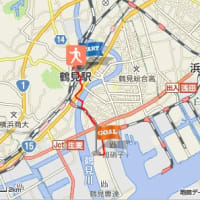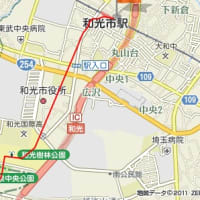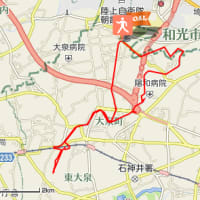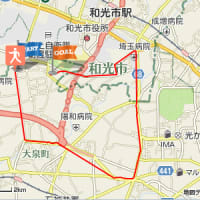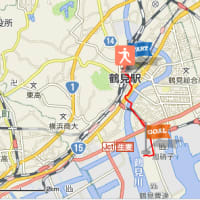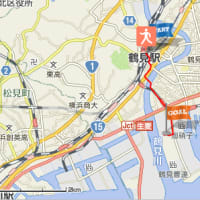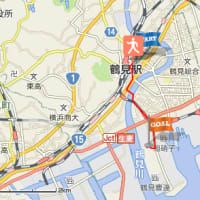# KIAA0822だそうな

# 青い目のイヴ…

Sugako Ogushi, Chiara Palmieri, Helena Fulka, Mitinori Saitou, Takashi Miyano, Josef Fulka, Jr.
Science 319, 613-616 (2008) | DOI: 10.1126/science.1151276
With fertilization, the paternal and maternal contributions to the zygote are not equal. The oocyte and spermatozoon are equipped with complementary arsenals of cellular structures and molecules necessary for the creation of a developmentally competent embryo. We show that the nucleolus is exclusively of maternal origin. The maternal nucleolus is not necessary for oocyte maturation; however, it is necessary for the formation of pronuclear nucleoli after fertilization or parthenogenetic activation and is essential for further embryonic development. In addition, the nucleolus in the embryo produced by somatic cell nuclear transfer originates from the oocyte, demonstrating that the maternal nucleolus supports successful embryonic development.# 生殖細胞と体細胞の核小体の違いは何なんだろう?

# 何?何?何いうたん?

Jason R. Schnell, James J. Chou.
Nature 451, 591-595 (2008) | doi:10.1038/nature06531
The integral membrane protein M2 of influenza virus forms pH-gated proton channels in the viral lipid envelope. The low pH of an endosome activates the M2 channel before haemagglutinin-mediated fusion. Conductance of protons acidifies the viral interior and thereby facilitates dissociation of the matrix protein from the viral nucleoproteins―a required process for unpacking of the viral genome. In addition to its role in release of viral nucleoproteins, M2 in the trans-Golgi network (TGN) membrane prevents premature conformational rearrangement of newly synthesized haemagglutinin during transport to the cell surface by equilibrating the pH of the TGN with that of the host cell cytoplasm. Inhibiting the proton conductance of M2 using the anti-viral drug amantadine or rimantadine inhibits viral replication. Here we present the structure of the tetrameric M2 channel in complex with rimantadine, determined by NMR. In the closed state, four tightly packed transmembrane helices define a narrow channel, in which a 'tryptophan gate' is locked by intermolecular interactions with aspartic acid. A carboxy-terminal, amphipathic helix oriented nearly perpendicular to the transmembrane helix forms an inward-facing base. Lowering the pH destabilizes the transmembrane helical packing and unlocks the gate, admitting water to conduct protons, whereas the C-terminal base remains intact, preventing dissociation of the tetramer. Rimantadine binds at four equivalent sites near the gate on the lipid-facing side of the channel and stabilizes the closed conformation of the pore. Drug-resistance mutations are predicted to counter the effect of drug binding by either increasing the hydrophilicity of the pore or weakening helix–helix packing, thus facilitating channel opening.
Amanda L. Stouffer, Rudresh Acharya, David Salom, Anna S. Levine, Luigi Di Costanzo, Cinque S. Soto, Valentina Tereshko, Vikas Nanda, Steven Stayrook, William F. DeGrado.
Nature 451, 596-599 (2008) | doi:10.1038/nature06528
The M2 protein from influenza A virus is a pH-activated proton channel that mediates acidification of the interior of viral particles entrapped in endosomes. M2 is the target of the anti-influenza drugs amantadine and rimantadine; recently, resistance to these drugs in humans, birds and pigs has reached more than 90%. Here we describe the crystal structure of the transmembrane-spanning region of the homotetrameric protein in the presence and absence of the channel-blocking drug amantadine. pH-dependent structural changes occur near a set of conserved His and Trp residues that are involved in proton gating. The drug-binding site is lined by residues that are mutated in amantadine-resistant viruses. Binding of amantadine physically occludes the pore, and might also perturb the pKa of the critical His residue. The structure provides a starting point for solving the problem of resistance to M2-channel blockers.# 別個に同じタンパク質の構造を決めたのね…凄まじそうなデッドヒート…











